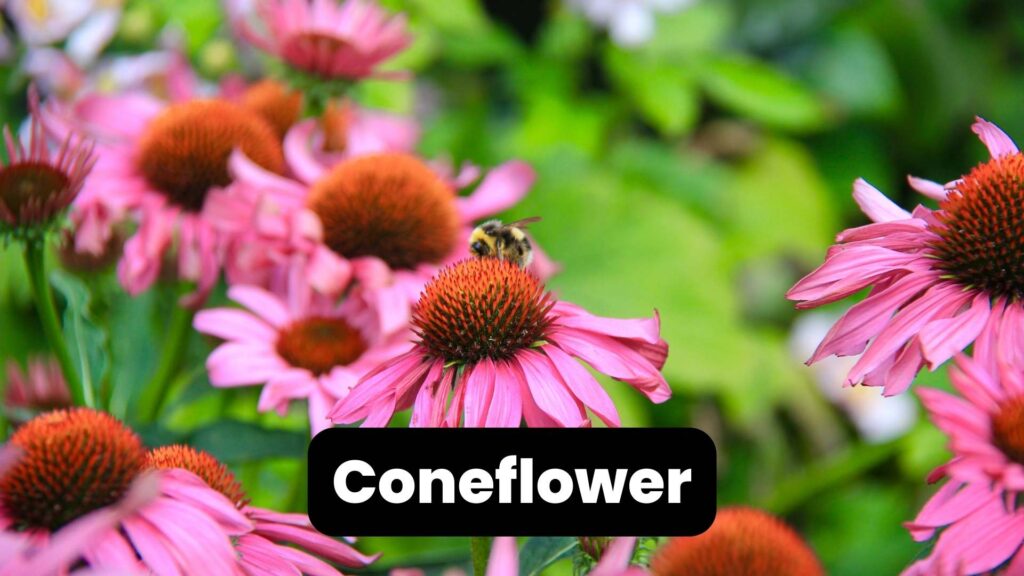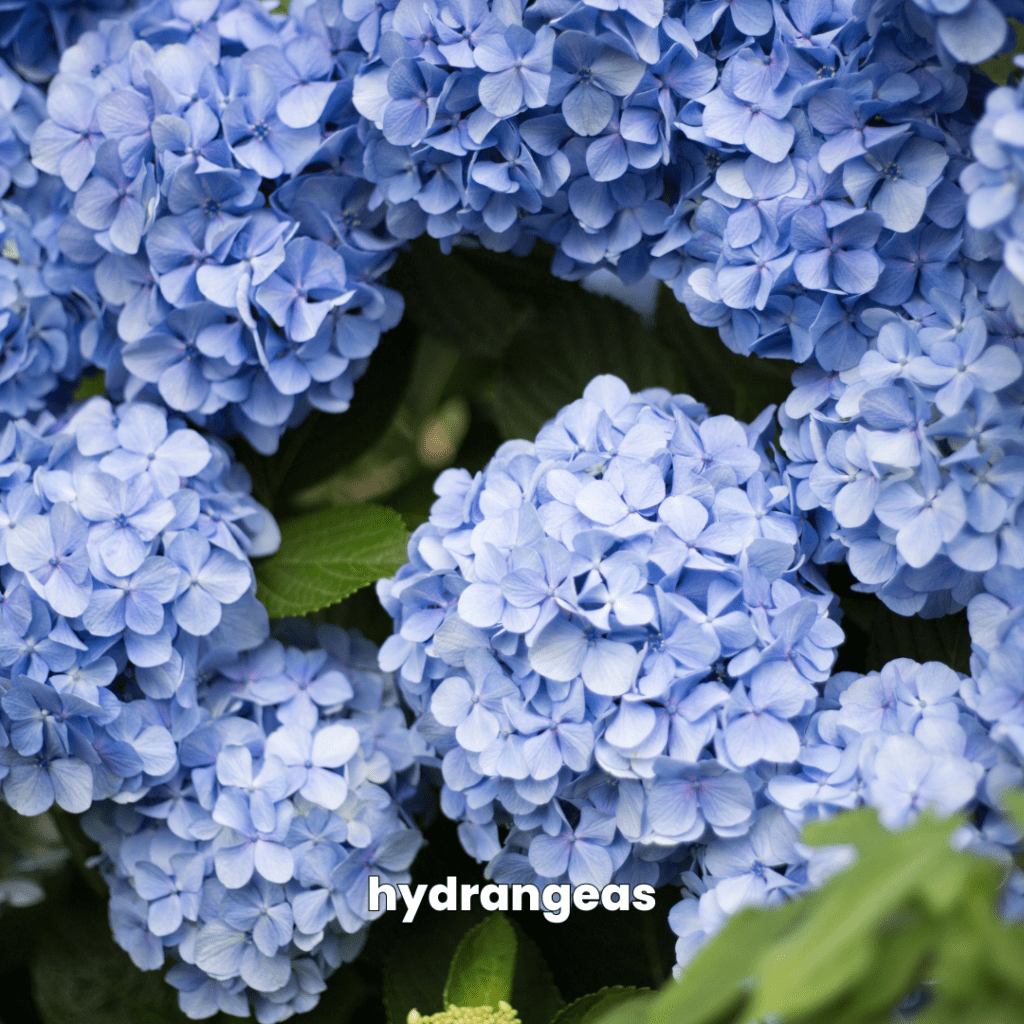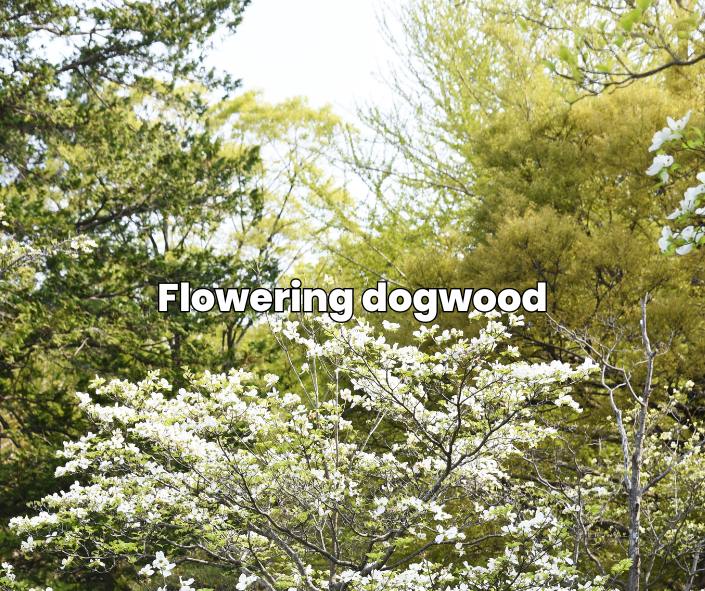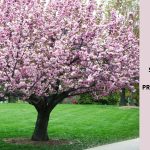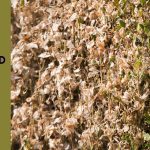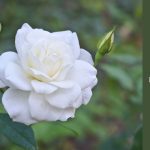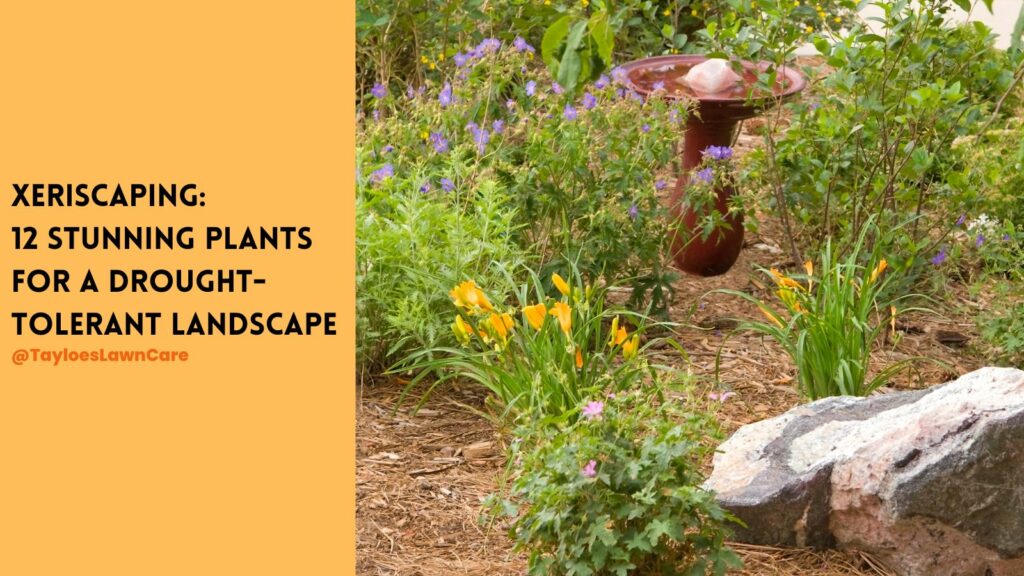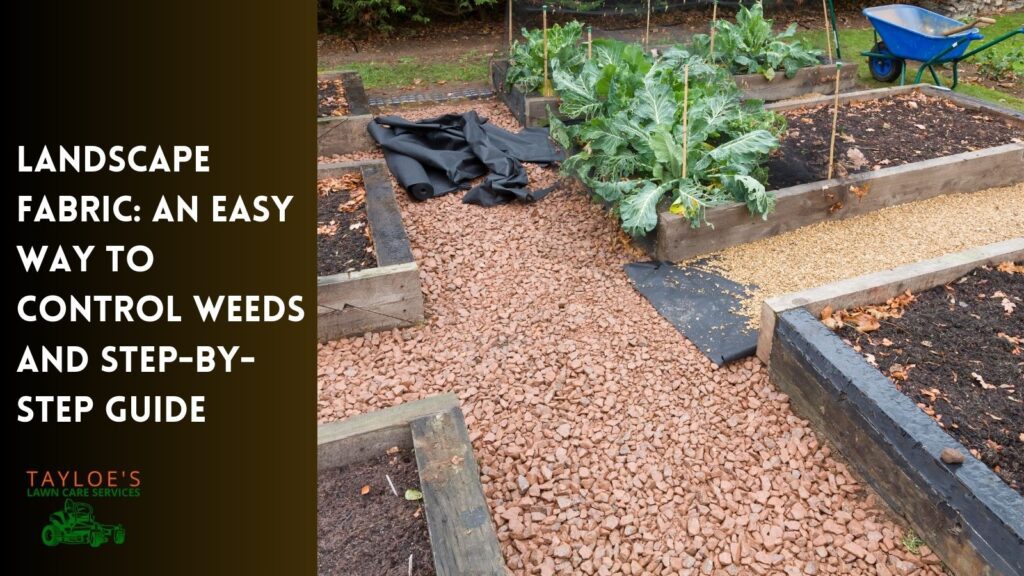Last Updated on: 27th September 2025, 01:20 pm
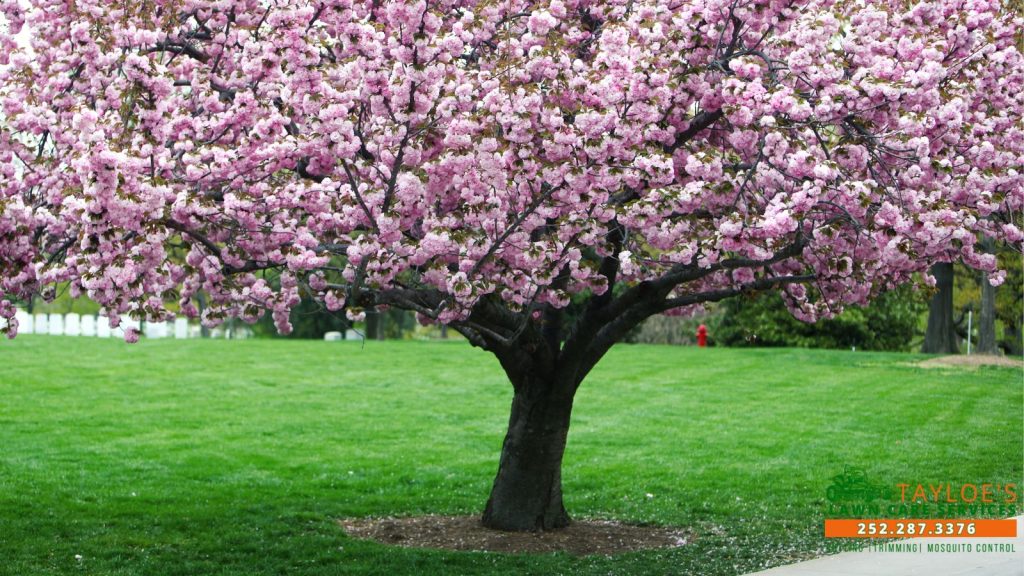
Here’s a list of the plants you should leave alone in the fall months.
Fall cleanup is a natural instinct for homeowners. The weather cools, leaves drop, and it seems like the perfect time to tidy your landscape. But when it comes to pruning, timing matters. Cutting certain perennials, shrubs, and trees in autumn can set them back, damage flower buds, or even kill them during winter. If you live in our service area of northeastern North Carolina, here’s a complete guide to what shrubs, perennials, and plants do not benefit from a fall pruning and why.
Why Fall Is the Wrong Time to Prune Some Plants
Before diving into specific plants, it is helpful to understand the underlying science. When you prune in the fall:
- You stimulate new growth at precisely the wrong time. Tender new shoots won’t survive frost.
- Many plants already have next spring’s flower buds formed. Cutting now means cutting off future blooms.
- Open cuts on stems are more vulnerable to winter injury, pests, and diseases.
In short: while light clean-up of dead or diseased material is fine, major pruning should wait until late winter or early spring for most plants.
Perennials to Avoid Pruning in the Fall
Your perennials probably look pretty haggard by autumn, but a little patience can go a long way toward healthier plants in the future.
Don’t Cut Back Peonies Until Spring
Peonies store energy in their stems until frost kills them off. Cutting them early can reduce bloom strength the following year. Instead, wait until the foliage is fully dead in late fall or early winter, then trim to the ground. In northeastern NC, this usually means after the first hard frost.
Leave Coneflowers and Black-Eyed Susans Standing
Perennials like coneflowers (Echinacea) and black-eyed Susans (Rudbeckia) not only add winter interest but also provide seed heads for birds. If you cut them in fall, you remove a natural food source and lose winter texture in the garden.
Delay Cutting Daylilies
Daylilies can look messy by autumn, but trimming too soon can stress the crowns. Let the foliage collapse naturally and clean up in early spring instead.
Shrubs You Should Never Give a Fall Pruning
While most shrubs are suitable for fall pruning, several species are best left untouched until the right time.
Hydrangeas (Bigleaf, Oakleaf, and Others)
One of the biggest pruning mistakes is cutting hydrangeas in the fall. Most hydrangeas bloom on old wood, meaning the flower buds are already set. Cutting them now removes next year’s blossoms. The right time to prune depends on the variety. But in general, wait until right after flowering or early summer.
Azaleas and Rhododendrons
Like hydrangeas, azaleas set buds for spring in late summer and early fall. If you prune them in October, you’re effectively trimming off your spring display. Instead, prune lightly right after blooming in late spring.
Forsythia
Forsythia shrubs bloom on old wood in very early spring. Fall pruning destroys flower buds, leaving you with lots of green growth but no golden show in March. Prune immediately after flowering, not in the fall.
Lilacs
Though less common in NC, lilacs still suffer if cut back in the fall. Their buds for next spring are already formed. To shape or thin them, wait until right after blooming in spring.
Trees That Don’t Benefit from a Fall Pruning
Fall pruning can leave particular tree species more susceptible to diseases.
Dogwoods
Our native dogwood trees are fall favorites for their red berries and foliage. But pruning in autumn leaves them susceptible to diseases like dogwood anthracnose, which spreads more easily in cool, damp weather. Save dogwood trimming for late winter.
Maples
Maple trees bleed sap heavily if cut during fall and early spring. This stress can weaken the tree. Wait until midsummer (after the leaves have fully hardened) or deep winter, when the tree is dormant.
Oaks
Fall pruning leaves oak trees highly vulnerable to oak wilt, a fungal disease spread by beetles attracted to fresh cuts on the trees. In NC, the safest window for oak pruning is during dormancy in late winter.
Cherry and Other Stone Fruit Trees
Pruning cherries, peaches, or plums in the fall encourages disease. These trees are highly prone to cankers that thrive in cool, wet conditions. Always prune in late winter or very early spring before buds break.
Why Fall Pruning Can Impact Next Year’s Blooms
Pruning isn’t just cosmetic. It’s directly tied to plant biology:
- Old wood bloomers (azaleas, hydrangeas, lilacs, forsythia) already carry next season’s flower buds by fall. Cut them now, and you lose flowers.
- Sap-bleeding species (maples, birches) waste energy if pruned in fall.
- Disease-susceptible trees (oaks, cherries, dogwoods) face greater infection risk after fall cuts.
Getting the timing wrong can cost you an entire season of beauty.
Safer Alternatives to Fall Pruning
If you feel compelled to tidy up your yard in fall, focus on these safe tasks instead:
- Remove dead, diseased, or damaged branches only.
- Rake leaves and clear debris to reduce pest infestations.
- Mulch around shrubs and trees for winter protection.
- Plant spring-blooming bulbs or hardy fall perennials.
This way, your yard looks neat without risking next year’s growth.
Quick Reference: Plants Not to Prune in Fall (Northeastern NC)
- Perennials: Peonies, coneflowers, black-eyed Susans, daylilies
- Shrubs: Hydrangeas, azaleas, rhododendrons, forsythia, lilacs
- Trees: Dogwoods, maples, oaks, cherry, and stone fruits
Call in the Pros for Fall Pruning and Other Seasonal Care
Knowing which perennials, shrubs, and trees to avoid pruning in the fall can save your landscape from costly mistakes. If you’re unsure about timing—or if your plants need expert shaping—Tayloe’s Lawn Care Services is here to help homeowners across northeastern North Carolina. Our team is familiar with the local climate, the growing cycle, and the most effective seasonal strategies to keep our yard thriving year-round.
Call today at 252.287.3376 and let us handle your seasonal maintenance with the right touch at the right time.
Author Profile

- Deborah Tayloe is the CEO and co-founder of Tayloe's Lawn Care Services, LLC. She has a B.S.Ed and holds certificates in soil and water management and herbology from accredited programs.
Latest entries
 GardeningSeptember 27, 2025What perennials, shrubs, and trees don’t like fall pruning (and why)?
GardeningSeptember 27, 2025What perennials, shrubs, and trees don’t like fall pruning (and why)? Trees and ShrubsSeptember 14, 2025Fall Shrub Pruning Guide (September–October)
Trees and ShrubsSeptember 14, 2025Fall Shrub Pruning Guide (September–October) Trees and ShrubsApril 22, 2025Boxwood Blight: Early identification and isolation
Trees and ShrubsApril 22, 2025Boxwood Blight: Early identification and isolation Flower GardenApril 8, 2025John F. Kennedy Rose: Hybrid tea rose with elegant white blooms
Flower GardenApril 8, 2025John F. Kennedy Rose: Hybrid tea rose with elegant white blooms

